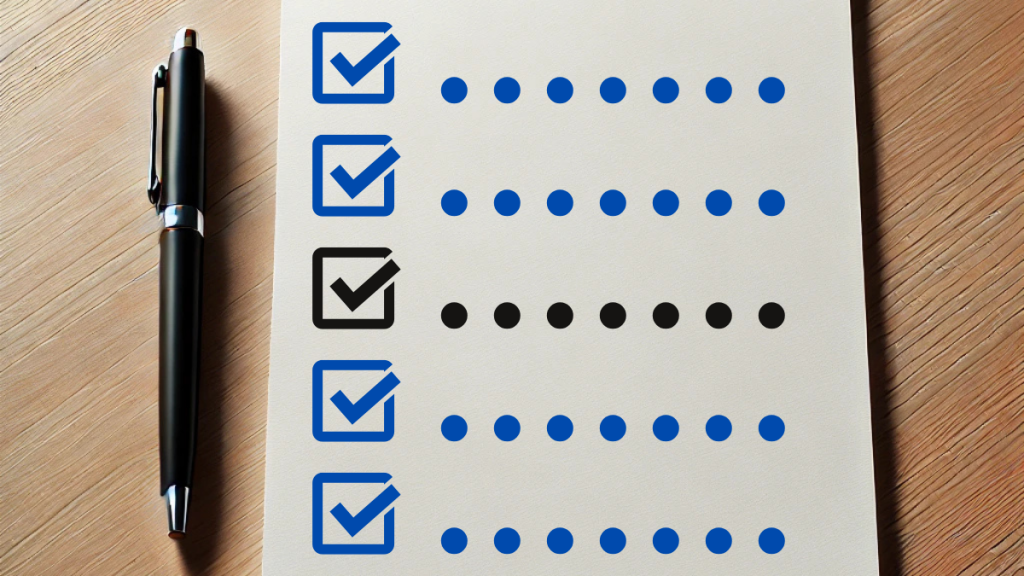Imagine this: You’re running a small café. Every morning, customers walk in, buy coffee, and hand you cash. That’s money flowing in. But every month, you have bills to pay: rent, electricity, coffee beans, and wages for your barista. That’s money flowing out. The difference between these two flows is your cash flow.
Managing cash flow is like managing your café’s heartbeat. If the heartbeat stops, so does everything else. Let’s explore what cash flow is, why it matters, and how to keep it healthy.
What is Cash Flow?
Cash flow is the movement of money into and out of your business. It’s the cash you have on hand to pay bills, buy supplies, or save for a rainy day. Think of it like a faucet:
- When the faucet is turned on: That’s money flowing into your business (from sales, loans, or other income).
- When the faucet is turned off but water still flows out: That’s money leaving for expenses.
The goal? Make sure more money flows in than out. Simple, right?
Why is Cash Flow Important?
- Keeps the Lights On: You need cash to pay bills, employees, and suppliers on time.
- Helps You Sleep at Night: A steady cash flow means you don’t have to worry about where the money for next month’s rent is coming from.
- Opens Doors for Growth: With extra cash, you can buy better equipment, hire more people, or expand your business.
How to Keep Cash Flow Healthy
Just like staying physically healthy, keeping your cash flow in shape takes regular check-ups and good habits. Here’s how to do it:
1. Know Your Numbers
Create a cash flow statement (don’t worry, it’s not as scary as it sounds). It’s just a document that shows:
- Money coming in (sales, payments, or other income).
- Money going out (bills, wages, or inventory costs).
2. Plan Ahead
Think about your upcoming bills and expected income. If you know that next month will be slower (say, fewer customers in January after the holiday rush), you can plan to save extra cash this month.
3. Speed Up Payments
If customers owe you money, encourage them to pay faster:
- Send invoices as soon as possible.
- Offer discounts for early payments (e.g., “Pay in 10 days and get 5% off!”).
4. Watch Your Spending
- Do you really need that fancy new espresso machine, or can it wait until sales pick up?
- Look for deals or negotiate with suppliers for better prices.
Common Cash Flow Problems (And How to Avoid Them)
Quick Tools to Make Cash Flow Easier
- Apps: Use tools like QuickBooks or Wave to track your cash flow automatically.
- Templates: Download simple spreadsheets online to get started.
Takeaway:
Cash flow is the foundation of every successful business. Start by understanding where your money comes from, where it goes, and how to keep more of it flowing in than out.
What’s Next?
Want to dig deeper? Learn 5 Easy Steps to Avoid Poor Cash Flow Management in our next article.


